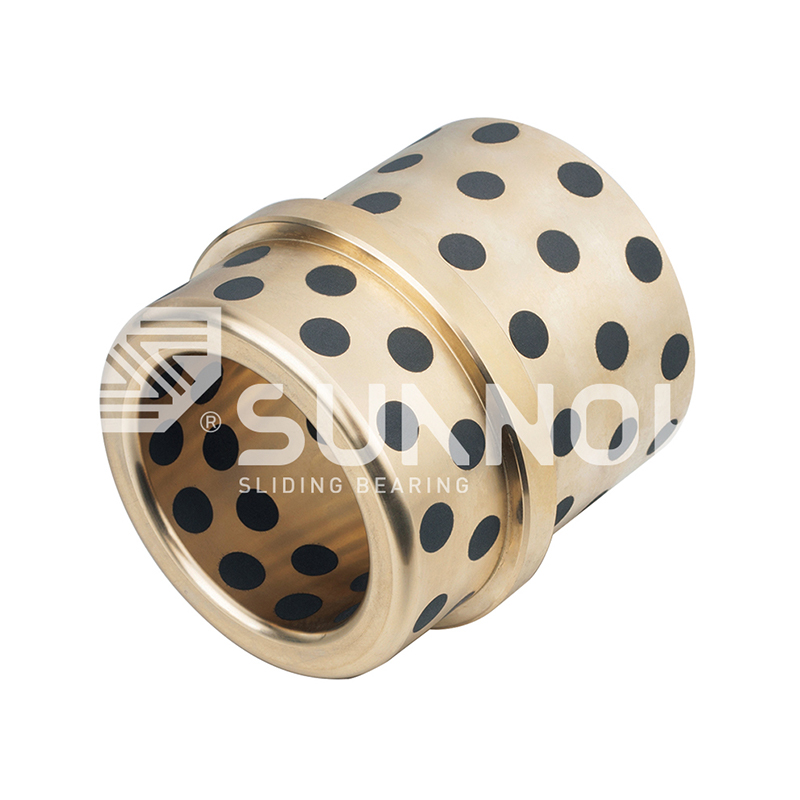-
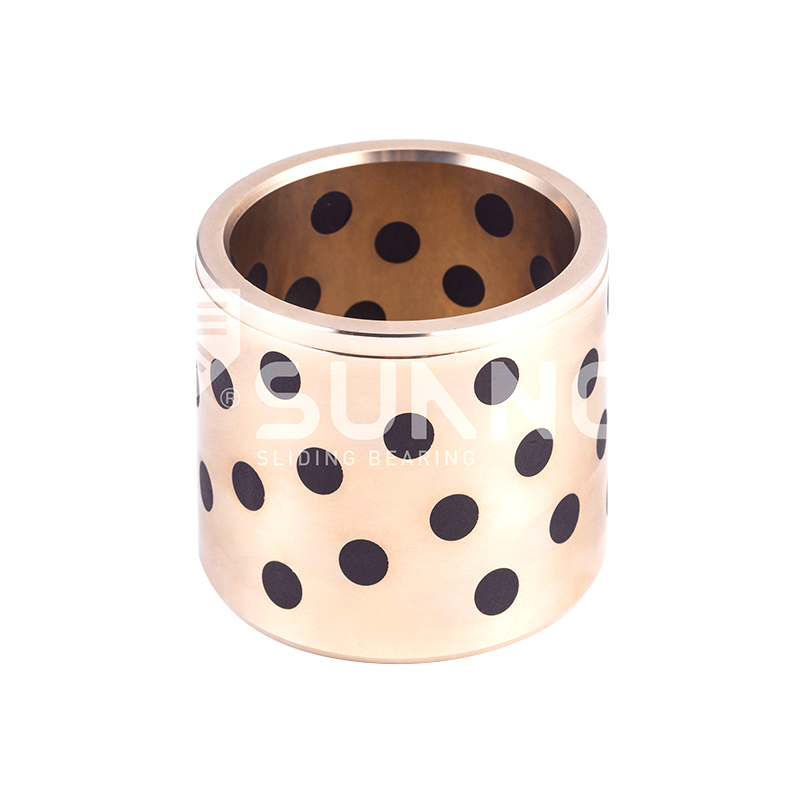 JDB Solid-lubricating Bearing JDB650 Self-Lubricating Brass Bushing Oilless Bearings
JDB Solid-lubricating Bearing JDB650 Self-Lubricating Brass Bushing Oilless Bearings -
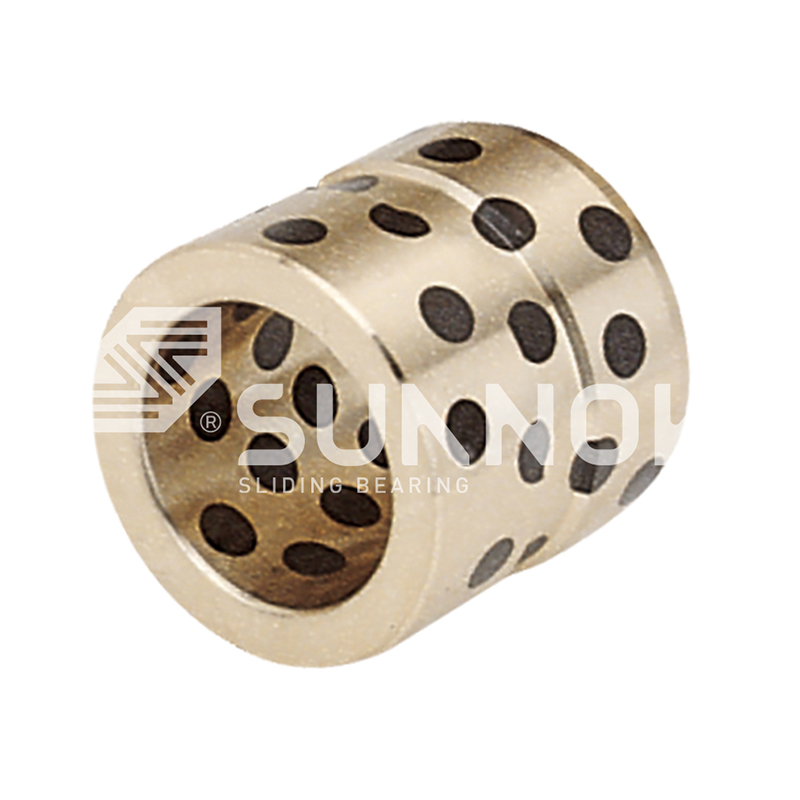 JDB Solid-lubricating Bearing High Temperature Brass JGB Oilless Ejector Guide Bearings
JDB Solid-lubricating Bearing High Temperature Brass JGB Oilless Ejector Guide Bearings -
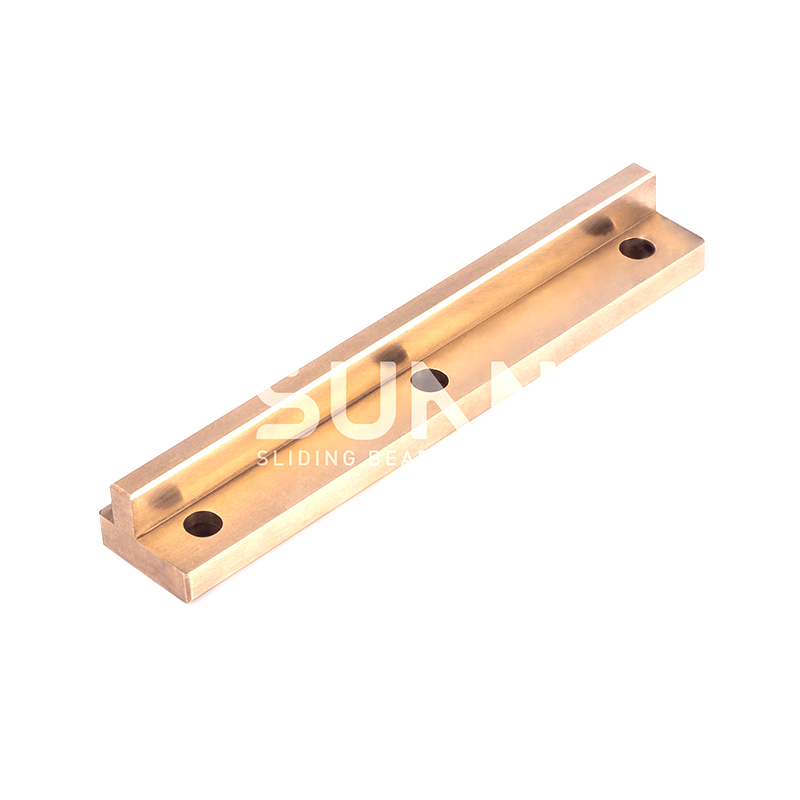 JDB Solid-lubricating Bearing JSOL Embedded Bronze Oilless Wear Plate For Standard Components
JDB Solid-lubricating Bearing JSOL Embedded Bronze Oilless Wear Plate For Standard Components -
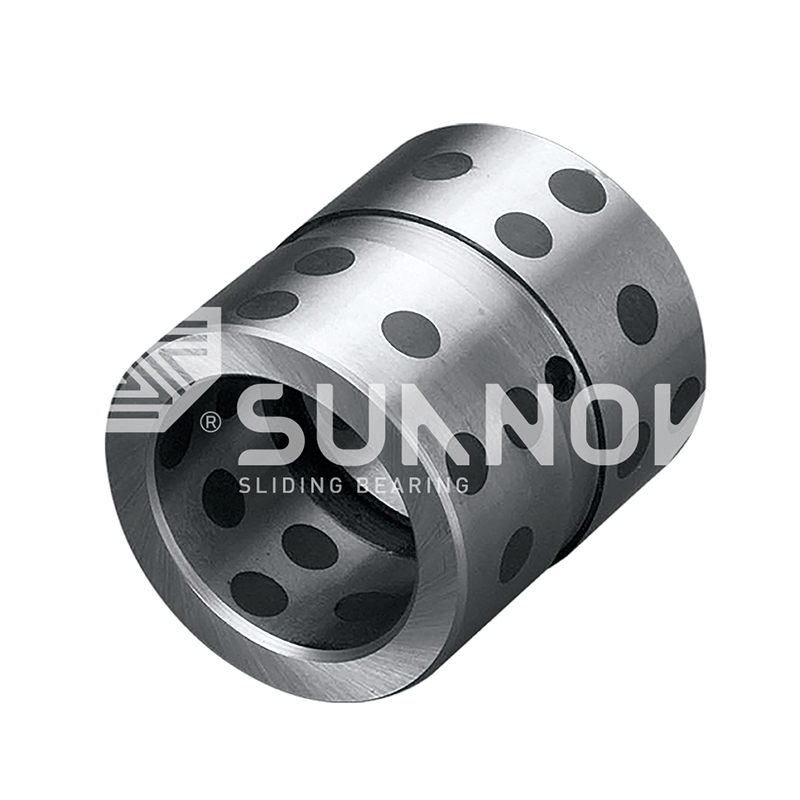 JDB Solid-lubricating Bearing JDB-5 Steel Embedded Wear Resistant Solid-lubricating Bearing
JDB Solid-lubricating Bearing JDB-5 Steel Embedded Wear Resistant Solid-lubricating Bearing -
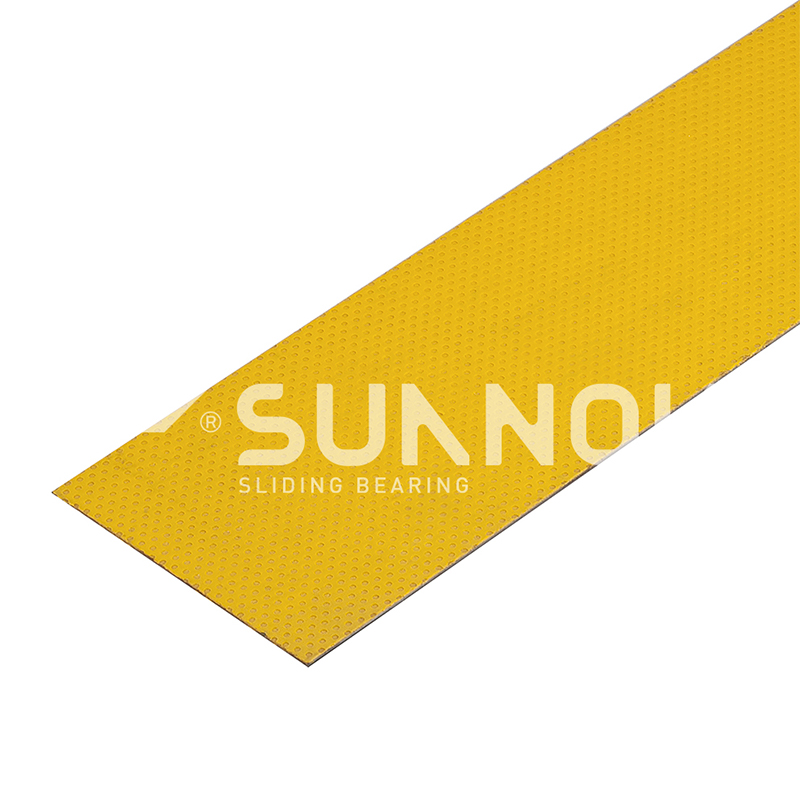 SF-2 Boundary Lubricating Bearing SF-2SP Standard Metric Size Self Lubricating Wear Strip With PTFE
SF-2 Boundary Lubricating Bearing SF-2SP Standard Metric Size Self Lubricating Wear Strip With PTFE -
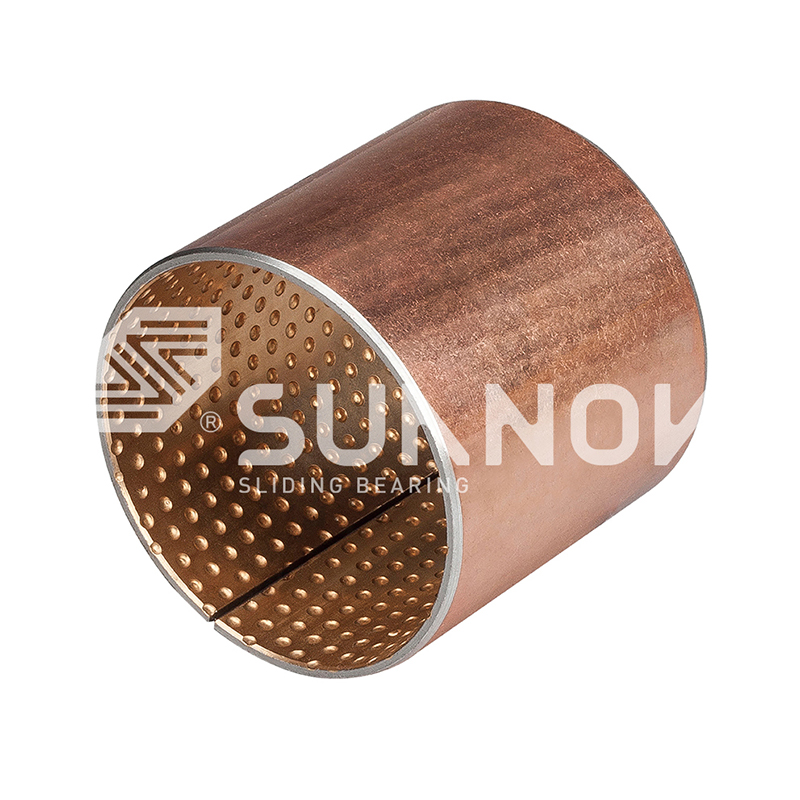
-
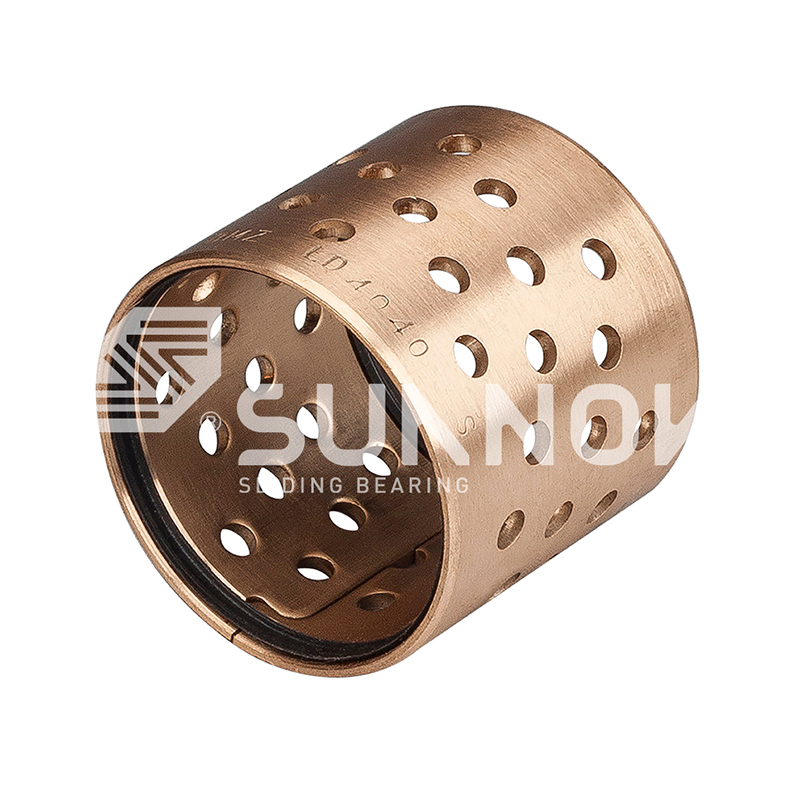 FB090 Bronze Wrapped Bearing FB094 Bronze Wrapped Bearing: Lead-free, High Load Capacity, Self-lubricating
FB090 Bronze Wrapped Bearing FB094 Bronze Wrapped Bearing: Lead-free, High Load Capacity, Self-lubricating -
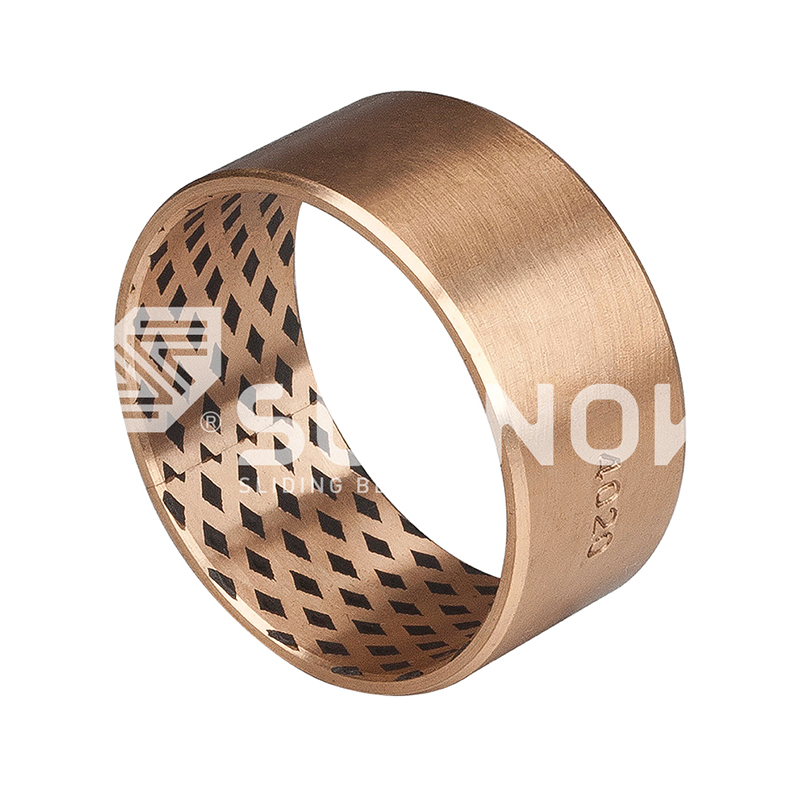 FB090 Bronze Wrapped Bearing FB09G Bronze Wrapped Bearing | Industrial Bronze Wrapped Bearing Bushing
FB090 Bronze Wrapped Bearing FB09G Bronze Wrapped Bearing | Industrial Bronze Wrapped Bearing Bushing
Self-Lubricating Copper Alloy Bearings: Advantages and Applications in Modern Machinery
Industry News-In the demanding world of industrial machinery, the quest for efficiency, reliability, and longevity is never-ending. At the heart of many mechanical systems lie bearings, critical components that reduce friction and wear. Among the various types available, self-lubricating copper alloy bearings have emerged as a superior solution for numerous challenging applications. These advanced components combine the excellent thermal conductivity and corrosion resistance of copper with embedded solid lubricants, creating a bearing that operates smoothly with minimal maintenance. This article delves into the unique advantages of these bearings, explores their diverse applications, and provides key insights for engineers and maintenance professionals seeking to optimize machine performance.
What Are Self-Lubricating Copper Alloy Bearings?
Self-lubricating copper alloy bearings are a specialized type of plain bearing engineered to operate without the need for an external liquid lubricant. They are typically manufactured by powder metallurgy, a process that involves compacting and sintering a mixture of copper, tin, and other alloying element powders with solid lubricants like graphite or PTFE. This creates a composite material with a strong, load-bearing matrix interspersed with pockets of lubricant. As the bearing operates, friction-generated heat causes the solid lubricants to transfer a thin, protective film onto the mating shaft surface, ensuring consistent low-friction performance even in extreme conditions.
- Core Composition: A base matrix often made from bronze (copper-tin alloy) or other copper alloys like copper-lead or copper-iron, providing structural strength and heat dissipation.
- Lubrication Mechanism: Embedded solid lubricants (e.g., graphite, PTFE, molybdenum disulfide) are uniformly distributed throughout the material, which are slowly released during operation.
- Key Characteristics: These bearings are inherently maintenance-free, capable of operating in high-temperature and vacuum environments where conventional oils would fail.
- Manufacturing Process: The powder metallurgy technique allows for precise control over porosity and lubricant distribution, enabling customization for specific operational needs.
JOSG Ejector Guide Bushings Solid-Self-Lubricating Bearing
Key Advantages of Self-Lubricating Bronze Bearings
The adoption of self-lubricating bronze bearings is driven by a host of compelling benefits that directly impact operational efficiency and total cost of ownership. Their primary advantage is the elimination of recurring lubrication, which reduces maintenance schedules, prevents contamination in sensitive environments like food processing, and lowers long-term labor and lubricant costs. Furthermore, their inherent design ensures reliable operation even during start-stop cycles or in situations where a continuous oil film cannot be maintained, effectively preventing catastrophic seizure and wear.
- Maintenance-Free Operation: No need for greasing points or oil reservoirs, simplifying machine design and upkeep.
- Reliability in Harsh Conditions: Perform consistently in environments with extreme temperatures, dust, dirt, or where lubricants could be washed away.
- Reduced Wear on Mating Components: The transfer film protects both the bearing and the shaft, extending the life of the entire assembly.
- Corrosion Resistance: Copper alloys naturally resist corrosion, enhancing durability in humid or chemically aggressive atmospheres.
- High Load Capacity: The strength of the copper alloy matrix allows these bearings to withstand significant static and dynamic loads.
Comparison with Traditional Bearing Types
When selecting a bearing for an application, it is crucial to understand how self-lubricating copper alloys stack up against alternatives like oil-impregnated bronze or rolling element bearings. While each type has its place, self-lubricating variants offer a unique set of properties that make them indispensable for specific use cases. The following table outlines a clear comparison based on key operational parameters.
| Parameter | Self-Lubricating Copper Alloy | Oil-Impregnated Bronze | Ball Bearings |
| Lubrication Requirement | None | Requires occasional replenishment | Requires periodic greasing/oiling |
| Operating Temperature | Very High (up to 300°C+) | Moderate | Limited (depends on grease) |
| Load Capacity | High (especially for shock loads) | Moderate | High (but poor for shock loads) |
| Contamination Resistance | Excellent | Poor (pores can clog) | Poor (requires seals) |
| Noise Level | Quiet | Quiet | Can be noisy |
Applications in Modern Machinery
The unique properties of self-lubricating copper alloy bearings make them the component of choice across a vast spectrum of industries. From heavy-duty industrial equipment to precision automotive systems, their ability to perform reliably under stress and without maintenance solves complex engineering challenges. They are particularly valued in applications where access for maintenance is difficult, expensive, or impossible, and in environments where contamination from liquid lubricants is unacceptable.
- Automotive Manufacturing: Used in suspension systems, steering linkages, brake pedals, and clutch release bearings where longevity and silence are critical.
- Construction and Agricultural Equipment: Ideal for pivot points, hydraulic cylinder ends, and loader linkages exposed to high shock loads and extreme contamination.
- Food and Beverage Processing: Essential for conveyor systems, mixers, and packaging equipment where lubricant leakage would violate hygiene standards.
- Industrial Automation and Robotics: Provide precise, maintenance-free movement in joints, slides, and actuators within robotic arms and automated assembly lines.
How to Choose the Right Copper Alloy Bushing
Selecting the appropriate copper alloy bushing for a specific application is a critical decision that influences performance, lifespan, and cost-effectiveness. The choice is not one-size-fits-all; it requires a careful evaluation of operational parameters. Key factors include the magnitude and type of load (static, dynamic, or shock), operating speeds, temperature ranges, presence of contaminants, and the specific environmental conditions. Understanding these variables ensures the selected bearing material and design will perform optimally.
- Load Analysis: Determine if the load is continuous, intermittent, or shock-oriented. Heavier loads may require alloys with higher compressive strength.
- PV Value Consideration: Calculate the product of bearing pressure (P) and surface velocity (V). The chosen material must have a maximum PV rating exceeding the application's calculated value.
- Environmental Assessment: Evaluate exposure to moisture, chemicals, or extreme temperatures to select an alloy with suitable corrosion resistance and thermal stability.
- Shaft Material and Hardness: Ensure compatibility between the bearing and the shaft material to minimize wear. A harder shaft is generally recommended.
- Customization Options: Consider if special features like flanges, thrust washers, or specific tolerances are needed for your assembly.
Maintenance Tips for Long-Lasting Performance
While renowned for being maintenance-free bearings, self-lubricating copper alloy bearings still benefit from proper installation and occasional inspection to maximize their service life. The mantra for these components is "fit and forget," but this is only true if they are fitted correctly from the start. Proper handling ensures that the embedded solid lubricants can do their job effectively over the long haul, preventing premature failure and protecting expensive mating components.
- Correct Installation: Use proper tools (arbors or presses) to avoid damaging the bearing during press-fitting. Ensure the housing bore is clean, round, and within specified tolerance.
- Avoid Lubrication: Do not apply grease or oil during installation. This can clog the pores, preventing the solid lubricants from functioning and attracting abrasive contaminants.
- Regular Visual Inspection: During routine machine maintenance, check for signs of excessive wear, cracking, or foreign object damage that could impede performance.
- Ensure Proper Clearance: Maintain the recommended radial clearance between the bearing ID and the shaft to allow for thermal expansion and lubricant film formation.
- Keep it Clean: Protect the bearing and shaft surface from abrasive dirt and debris during assembly and operation to minimize abrasive wear.
FAQ
What is the maximum temperature for self-lubricating bearings?
The maximum operating temperature for self-lubricating copper alloy bearings primarily depends on the type of solid lubricant used. Standard graphite-based bearings can typically operate continuously at temperatures up to 350°C (662°F) and even higher in inert atmospheres. For applications involving higher temperatures or oxidative environments, special lubricant blends and alloys are required. It's crucial to consult the manufacturer's specifications, as the mechanical strength of the copper alloy itself can also decrease at elevated temperatures.
Can self-lubricating bearings be used in food-grade applications?
Yes, absolutely. This is one of their standout applications. Many self-lubricating bronze bearings are manufactured using FDA-compliant materials, such specific bronze alloys and solid lubricants like PTFE or graphite that are approved for incidental food contact. Their inherent ability to operate without external lubricants eliminates the risk of oil or grease contaminating food products, making them ideal for use in mixers, conveyors, packaging equipment, and other machinery in the food and beverage industry.
How long do self-lubricating bearings last?
The service life of a maintenance-free bearing is not a fixed number but is determined by the application's specific operating conditions, primarily the PV (Pressure-Velocity) value. Under ideal conditions within their design limits, they can last for the entire life of the machine—often years or even decades. Factors that significantly reduce lifespan include operating beyond the recommended PV limit, exposure to severe contamination, misalignment, and improper installation. Life expectancy calculations based on wear rates are available from most manufacturers for precise planning.
What is the difference between oil-filled and self-lubricating bearings?
While both are designed to reduce maintenance, their mechanisms differ significantly. Oil-filled bronze bearings (oil-impregnated) contain a reservoir of oil within their porous structure, which wicks out during operation to lubricate the shaft. They eventually require replenishment of the oil. In contrast, self-lubricating copper alloy bearings contain solid lubricants (e.g., graphite, PTFE) embedded within the matrix. These solids transfer a lubricating film to the shaft and do not require replenishment, making them truly maintenance-free and suitable for a wider range of environments, including high temperatures and vacuums where oils would degrade, burn off, or evaporate.
